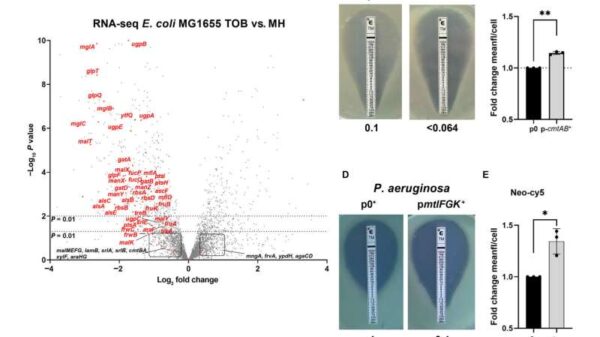Recent research led by Mayra A. Reyes Soto, MD, from the Universidad Autónoma de Nuevo León in Mexico, has revealed key insights into the correlation between trichoscopic findings and the severity of scalp psoriasis. The study, which spanned from March 2023 to August 2024, indicates that twisted red loops observed during trichoscopy are associated with higher severity scores, while the presence of hemorrhagic dots may serve as objective markers for diminished quality of life among patients.
The research team highlighted a notable gap in existing literature, emphasizing that while there has been some exploration of trichoscopic patterns, the connection between these findings and both disease severity and patient-centered outcomes had not been adequately addressed. They pointed out that no comprehensive analysis had systematically characterized trichoscopic features specifically within a Hispanic population suffering from scalp psoriasis.
In their study, Soto and colleagues aimed to assess the trichoscopic features of scalp psoriasis and their relationship with established severity indices as well as patient-reported outcomes. “By addressing this gap, our study aims to explore these potential associations, generating preliminary insights that could guide future research toward more personalized management strategies and ultimately improve patient care,” Soto stated.
Study Design and Methodology
The observational study included a diverse cohort of 81 participants, with a mean age of 40 ± 13.65 years and a gender distribution of approximately 50.6% female. Participants were adults aged 18 and older, each possessing a dermatologist-confirmed diagnosis of scalp psoriasis. The necessary sample size was predetermined based on previously reported prevalence rates of trichoscopic features in scalp psoriasis, ensuring adequate statistical power.
Each participant underwent a thorough clinical evaluation, which included assessments using the Dermatology Life Quality Index (DLQI), Psoriasis Scalp Severity Index (PSSI), and the Scalp-Specific Dermatology Life Quality Index (SCALPDEX). The research team utilized a Fotofinder system to capture standardized trichoscopic images at magnifications of 20×, 40×, and 70× from five distinct areas of the scalp, including both affected and unaffected regions.
To enhance visualization of vascular patterns, the researchers first applied a dry technique to document scaling distribution, followed by a wet method using an alcohol-based solution. All images were stored in a secure, restricted-access database, and the relationship between trichoscopic findings and clinical outcomes was analyzed using multiple linear regression models.
Key Findings and Implications
The findings revealed that twisted red loops were the most frequently observed vascular feature, present in 64-84% of the examined scalp regions. Notably, these loops exhibited a significant correlation with higher scores on the PSSI, Videodermoscopy Scalp Psoriasis Severity Index (VSCAPSI), and DLQI (P < .05). Conversely, the presence of hemorrhagic dots in the parietal regions was associated with a decrease in quality-of-life measures, correlating with increases of 5 points in DLQI and 17.1 points in SCALPDEX (P < .01). Interestingly, while women reported lower objective severity scores compared to their male counterparts, they experienced a greater burden from scalp-specific symptoms. This suggests that although twisted red loops may indicate clinical severity, hemorrhagic dots could serve as more reliable indicators of the psychosocial impact of scalp psoriasis. Soto and her team concluded that these observations underscore the potential of trichoscopy as a tool that extends beyond mere diagnosis. “These findings position trichoscopy as a potential tool beyond diagnosis, aiding in a more holistic, patient-centered evaluation,” they noted. However, they cautioned that the exploratory nature of their study means these results are preliminary. Future longitudinal research is essential to validate trichoscopic features as biomarkers for monitoring disease progression and guiding treatment in diverse populations. The study has been published in the International Journal of Dermatology and sets the stage for future investigations aimed at enhancing patient care through more personalized management strategies.



































































